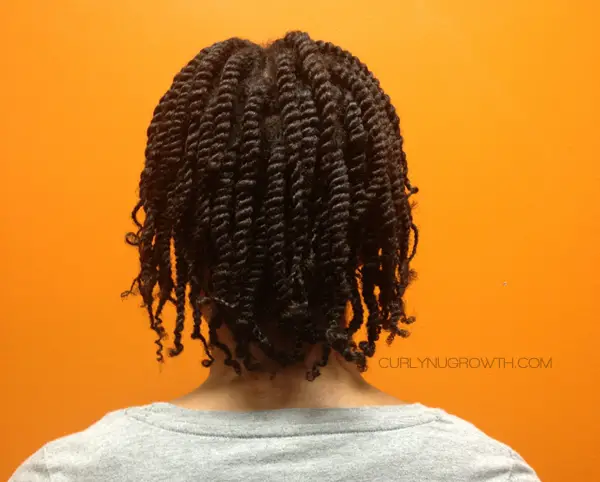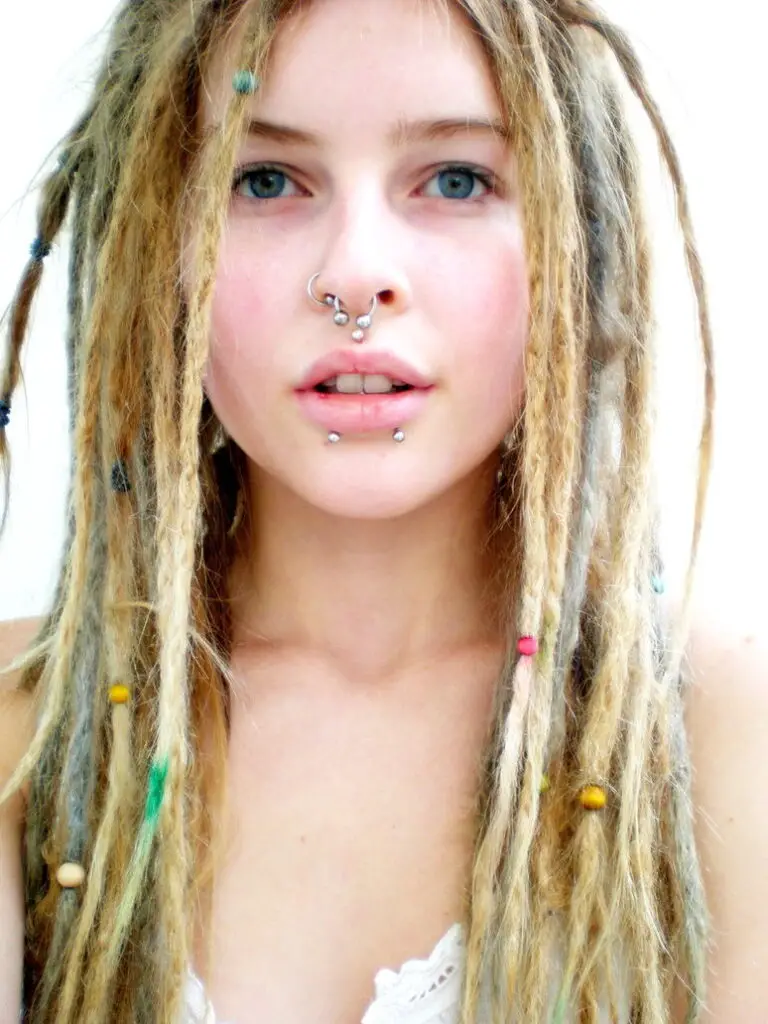Twisted dreads—also known as two-strand twist locs—are a method of starting dreadlocks using a twisting technique.
This involves sectioning the hair and twisting two strands of hair around each other.
Over time, especially on textured or coily hair, these twists will lock and form mature dreadlocks.
Here’s what you need to know:
Table of Contents

1. How Twisted Dreads Work
Two-strand twists are often used as a starter method for locs.
The twist pattern will gradually loosen as the hair mats and begins to lock.
This process, called “budding,” usually starts between 3 to 12 months, depending on your hair type, how often you wash it, and how tight your twists are.
2. Difference Between Twists and Dreadlocks
Twists are a temporary style that can be undone, while dreadlocks are permanent once matured.
If you leave two-strand twists in and avoid combing or separating them too much, they’ll eventually form into locs.
3. Maintenance of Twisted Dreadlocks
- Moisturize regularly using water mixed with light oils like jojoba or tea tree to keep the scalp and strands hydrated.
- Cleanse gently—avoid heavy conditioners or waxes that leave residue. Use residue-free shampoos about every 4–6 weeks for starter locs.
- Retwist roots every 4–6 weeks (or as needed) to maintain neatness and structure, but avoid too much tension to prevent breakage.
- Dry thoroughly after washing or retwisting to avoid mildew and odor. Air drying or using low heat is ideal.
- Protect hair at night with a satin or silk scarf or pillowcase to reduce frizz and keep twists neat.
- Separate locs at the roots regularly to prevent them from merging into larger sections.
4. Styling Benefits of Twisting Dread
Twisted dreads offer a neat, uniform look and can be worn during the early locking stages or as a protective style without necessarily transitioning to full locs.
Some people wear twists for weeks, remove them, and redo them for maintenance and variety.
5. Cultural Context:
Twists and dreadlocks have deep cultural roots in African history and identity. The term “dreadlocks” has complex origins, but many today embrace locs and twists as a form of self-expression and cultural pride.
READ ALSO: How to Do Dreads by Twisting
4 Strand Dread Twist
READ ALSO: Achieving a Bold Look with Big Twists Today in 2024: A Comprehensive Guide
If you already have a set number of locs that you would like to make look chunkier, one way to do that is to do four strand twists on your dreads.
READ ALSO: How to Retouch Dreadlocks: 2 Reliable Ways
This is quite a bit simpler than doing them on natural hair.
Take a look at how to in the video below.
READ ALSO: Beautiful Simple Dreadlocks Hairstyles for Ladies 2025 & More
READ ALSO: Exploring the World of Dreadlock Twist Styles in 2025
Dreads Twist/Dread Twisting: How to Twist Dreadlocks Yourself
If DIY is your preference, then let’s get to the nitty-gritty: What is/was your personal dreadlock maintenance routine?
How and when did/do you wash and retwist your dreadlocks?
Do you have any particular way in which you do this?
What products have yielded the best results for you?
READ ALSO: 2 Interesting Crochet Twist Hair Styles
Personally, I like to wash and retwist my dreadlocks once a week. (Update: This was true for my previous loc journeys, but now I only wash my locs when my hair or scalp feels dirty, or if my hair has to be extremely neat for some reason.)
I do this because I like the manicured look.
I am not picky about what shampoo I use, but I do skip conditioner to avoid difficult-to-remove residue.
How about once your locs are fully locked?
Did you have to change your maintenance routine then?
If so, what did you do differently at this stage of your dreadlock journey?
Do you have any tips to share about how to retouch dreadlocks yourself once they are locked and longer?
That’s all I have for you today.
READ ALSO: Retouching Dreadlocks: 2 Reliable Ways

Dreads from Twists/Twist for Dreads
If you are interested in starting dreads with twists, then click here.
Photo Credits: TheDreadfulWoman